When and at what period should light therapy be used?
1/ Introduction to Light Therapy
Light therapy, sometimes called light therapy, is a form of treatment that uses artificial light to mimic the beneficial effects of natural sunlight. It is used to treat various disorders related to imbalances in the circadian rhythm (the body's natural 24-hour cycle), as well as to improve mood and energy. But when and for what period should light therapy be used to maximize its benefits?
2/ Seasonal Application of Light Therapy
The use of light therapy often varies with the seasons, as our exposure to natural light fluctuates throughout the year. This seasonal variation has a significant impact on our circadian rhythm, mood and energy levels.
has. Example: How did Pierre, a 40-year-old engineer, overcome his winter blues? 
Pierre, a dynamic 40-year-old father works as a computer engineer in the center of Bordeaux and lives in Mérignac. Where it lives, winters can seem long and not very sunny. Each year as winter approaches, he begins to experience a drop in energy, an increase in the desire to sleep, and a general feeling of melancholy.
He suffers from what we call the "winter blues."
Pierre believed for a long time that there was not much to do to counter this phenomenon, he always said to himself, “it's normal, it's winter”. However, his friend Julien, a fan of light therapy, told him about this practice which he uses all year round.
At first skeptical, Pierre thought it would just be another miracle method. But part of him still wanted to try and improve his condition. So he decided to give light therapy a chance. He no longer wanted these winter blues to affect his quality of life and his relationships with his family.
He therefore took the plunge and chose to invest for his well-being. He treated himself to a circadian light therapy lamp, to best imitate natural sunlight. Every morning, before going to work, he was woken up by his lamp which had the dawn simulation option, then he read his newspaper for a while nearby.
The results were not immediate, but after a few weeks, Pierre noticed an improvement in his mood and energy level. He felt less sleepy during the day and was able to focus more on his work and spend quality time with his family. The winter blues, which were once an inevitable ordeal for him, have become much more manageable thanks to light therapy.
Today, Pierre has 3 lamps. 2 bedside lamps for him and his wife, and one that he uses in the office.
He is now in great shape all year round and is the first to speak well of this practice which once seemed ridiculous to him.
b. Light therapy in Autumn and Winter 
As you could see with Pierre's case, autumn and winter are the seasons when we most feel the lack of natural daylight. The days are getting shorter, the weather is often overcast and our time spent outside is reduced. This reduction in exposure to natural light can disrupt our circadian rhythm and promote the onset of seasonal affective disorder (SAD). SAD is a form of depression that usually returns every year during these seasons. Typical symptoms of SAD include low energy, depressed mood, weight gain, increased need for sleep, and decreased social activity.
Using a light therapy lamp during these months can provide the extra light needed to compensate for the lack of daylight. Daily exposure to the bright light of the light therapy lamp can help restore hormonal balance, improve mood, increase energy levels, and restore a normal sleep cycle.
vs. Light therapy in Spring and Summer

Spring and summer generally offer more natural light, longer days and increased opportunities to spend time outdoors. However, even during these seasons you can benefit from light therapy. For example, if you work indoors part of the day or live in an area with heavy cloud cover.
Additionally, if you suffer from depression or non-seasonal sleep disorders you may also benefit from light therapy.
3/ When to Use Light Therapy during the Day?
To maximize the beneficial effects of light therapy, the time of day you expose yourself to light can be just as important as the duration of exposure. Most specialists recommend using light therapy early in the morning, right after waking up. That's because morning light helps reset your internal clock and can help you feel more awake and alert during the day.
However, the ideal time for light therapy may vary depending on your sleep schedule, your chronotype (whether you're a morning "lark" or a nighttime "owl"), and your specific health condition.
4/ The Use of Light Therapy Depending on the State of Health
Besides SAD, light therapy can be beneficial for a number of other conditions. For example, it can be used to treat certain types of depression, particularly when other treatments have not been effective.
Light therapy can also be used to treat insomnia, for those who have difficulty falling or staying asleep. Sleep disorders can have serious impacts on quality of life, and light therapy offers a natural alternative to medications to help regulate sleep cycles.
People suffering from dementia or Alzheimer's disease may also benefit from light therapy. Research has shown that light therapy can help improve mood, reduce agitation, and improve sleep in these individuals.
It is important to note that light therapy is a tool and not a cure-all. Its effectiveness may vary depending on the individual, the severity of symptoms and compliance with treatment. It is always recommended to consult a healthcare professional if symptoms are very intense.
has. Non-Seasonal Depression

While SAD is linked to the seasonal decline in sunlight, non-seasonal depression can occur at any time of year, regardless of the amount of daylight. For some people like Sophie, for example, who suffers from treatment-resistant depression, light therapy can represent an alternative or complement to traditional treatments. Sophie, who has already tried several types of antidepressants without notable success, began using a light therapy lamp on the advice of her therapist. After a few weeks of regular use every morning, she began to notice an improvement in her mood and energy levels.
b. Insomnia
Sleep disorders, such as insomnia, can have detrimental consequences on overall health and well-being. Marc, who has always had trouble falling asleep, discovered light therapy. After doing research and consulting his doctor, he began using a light therapy lamp every morning for half an hour. This helped recalibrate his body clock, helping to regulate his sleep cycle. Not only did he find that he fell asleep more easily, but the quality of his sleep also improved.
vs. Dementia and Alzheimer's disease
People suffering from dementia or Alzheimer's disease may also benefit from light therapy. Jeanne, who suffers from Alzheimer's disease, had problems with restlessness and sleeping. On the advice of Jeanne's treating doctor, her family introduced light therapy into their daily routine. They noticed that Jeanne had become calmer and that her sleep cycles were more regular. Research supports these observations, suggesting that light therapy may help improve mood, reduce agitation, and improve sleep in people with dementia or Alzheimer's disease.
These examples illustrate the potential of light therapy to help manage various conditions. It is important to note that although light therapy can be a useful adjunct to the treatment of these conditions, it should not replace traditional medical treatment without the advice of a healthcare professional.
5/ Contraindications of Light Therapy
Although light therapy is considered safe, it is important to note that it is not suitable for everyone. People with certain eye diseases, such as cataracts or macular degeneration, should consult a doctor before using light therapy, or use it with caution, as exposure to intense light can worsen these conditions. For all other people there are no specific contraindications or eye-related risks.
6/ The Choice of Light Therapy Lamp
Choosing the right light therapy lamp can make a big difference in the effectiveness of your treatment. Not all light therapy lamps are equal; some offer greater light intensity, others are more portable, some are circadian and reproduce the rhythms of the sun, and still others have additional features like timers or color adjustments.
When choosing a lamp, you should consider your lifestyle, your specific needs and the recommendation of your healthcare professional.
Above all, make sure that the lamp is UV-free certified to avoid any dangerous exposure to ultraviolet rays.
7/ The Importance of Consulting a Health Professional Before Starting Therapy
Before starting light therapy, it is essential to consult a healthcare professional. Although light therapy is widely considered safe, it can have side effects in some people and interact with certain medications. A healthcare professional can help you determine if light therapy is right for you, what time of day you should use it, and for how long.
In summary, light therapy can be a valuable tool for improving mood, increasing energy levels and regulating sleep. It can be especially helpful during the fall and winter months when natural light is limited, but it can also be beneficial year-round for some people.


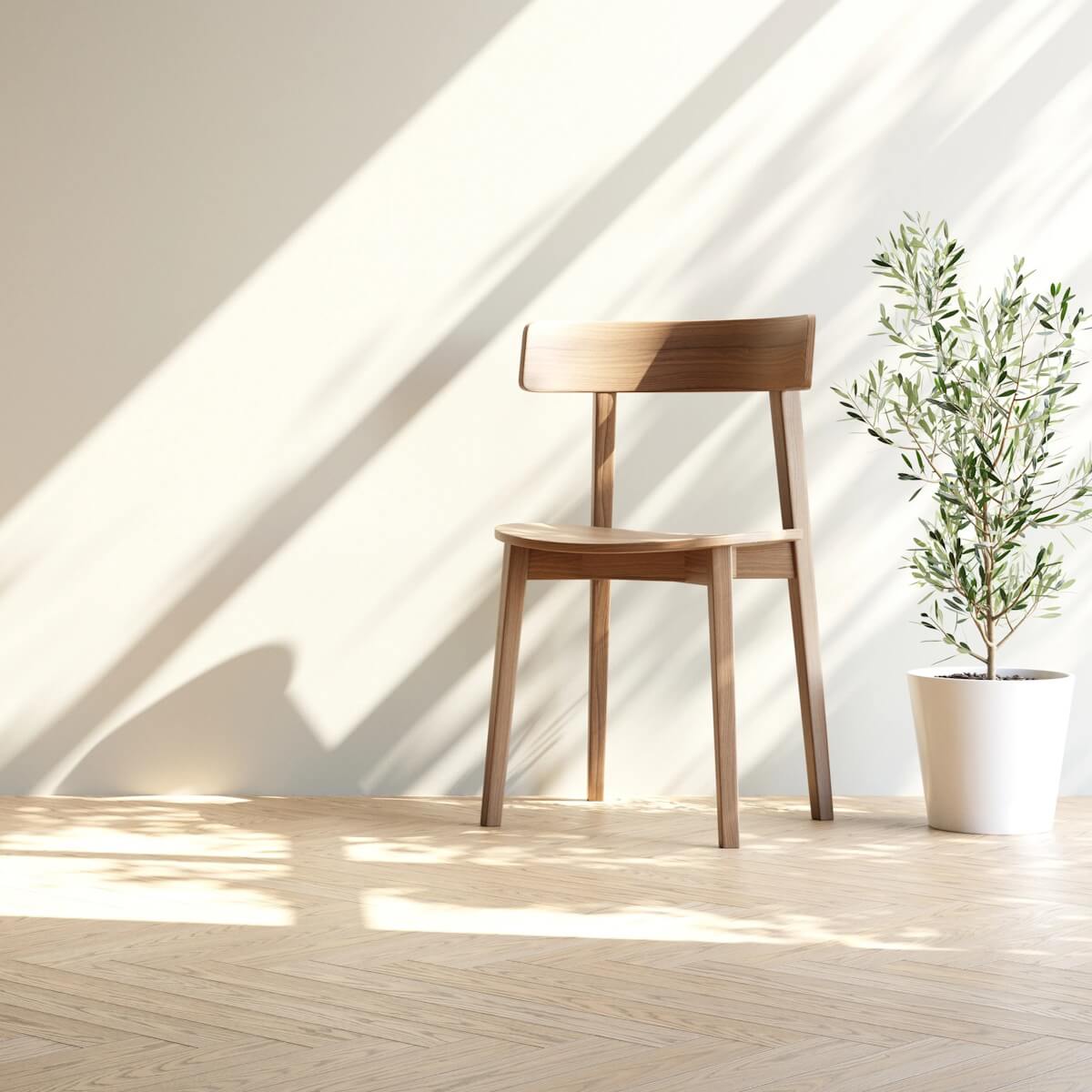




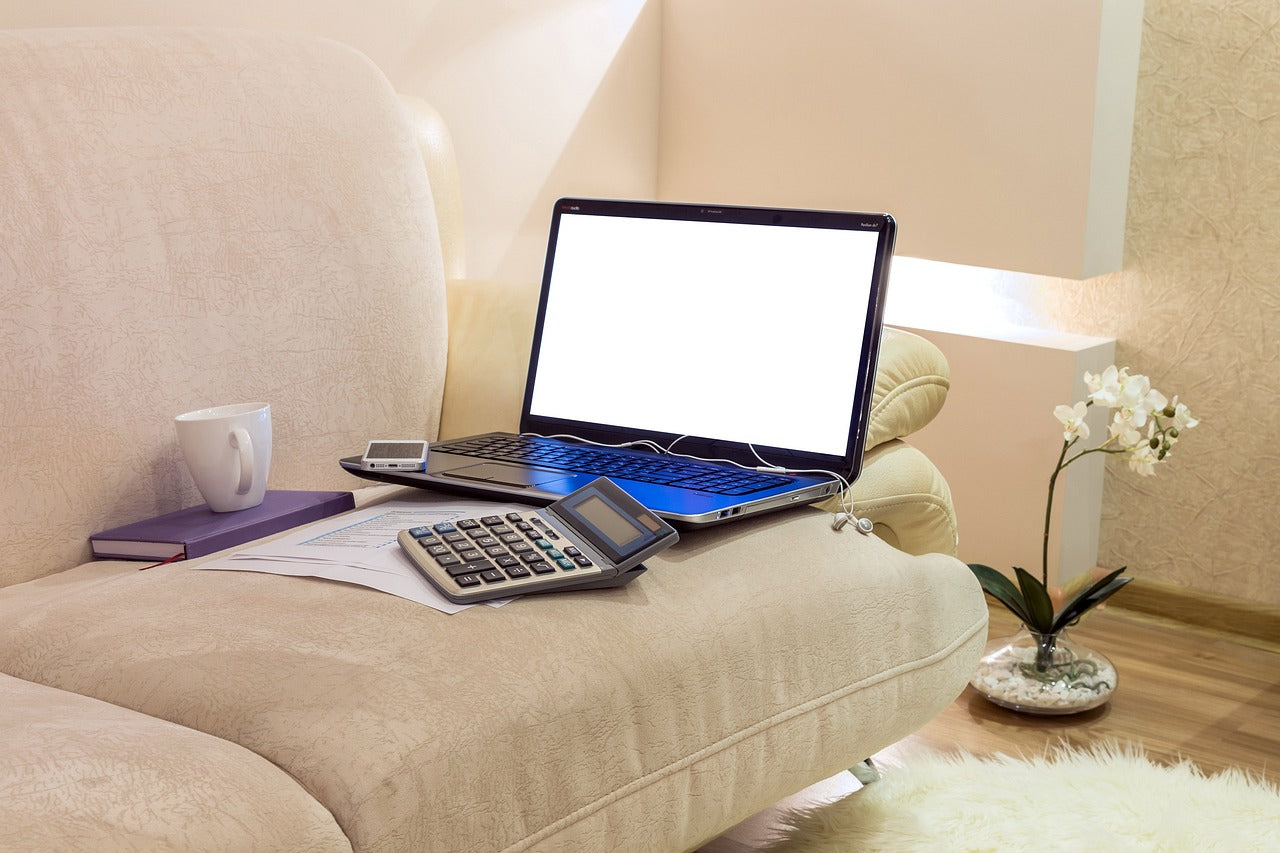

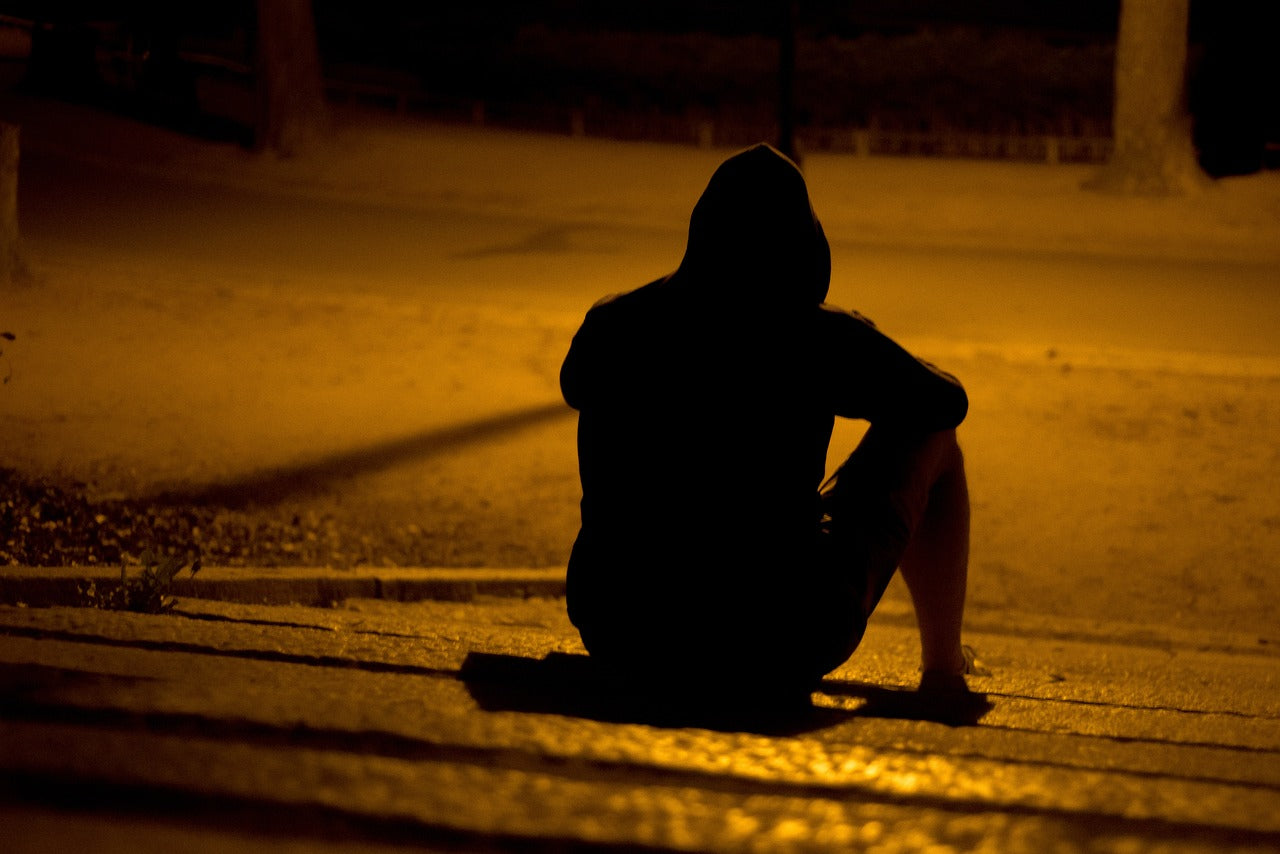


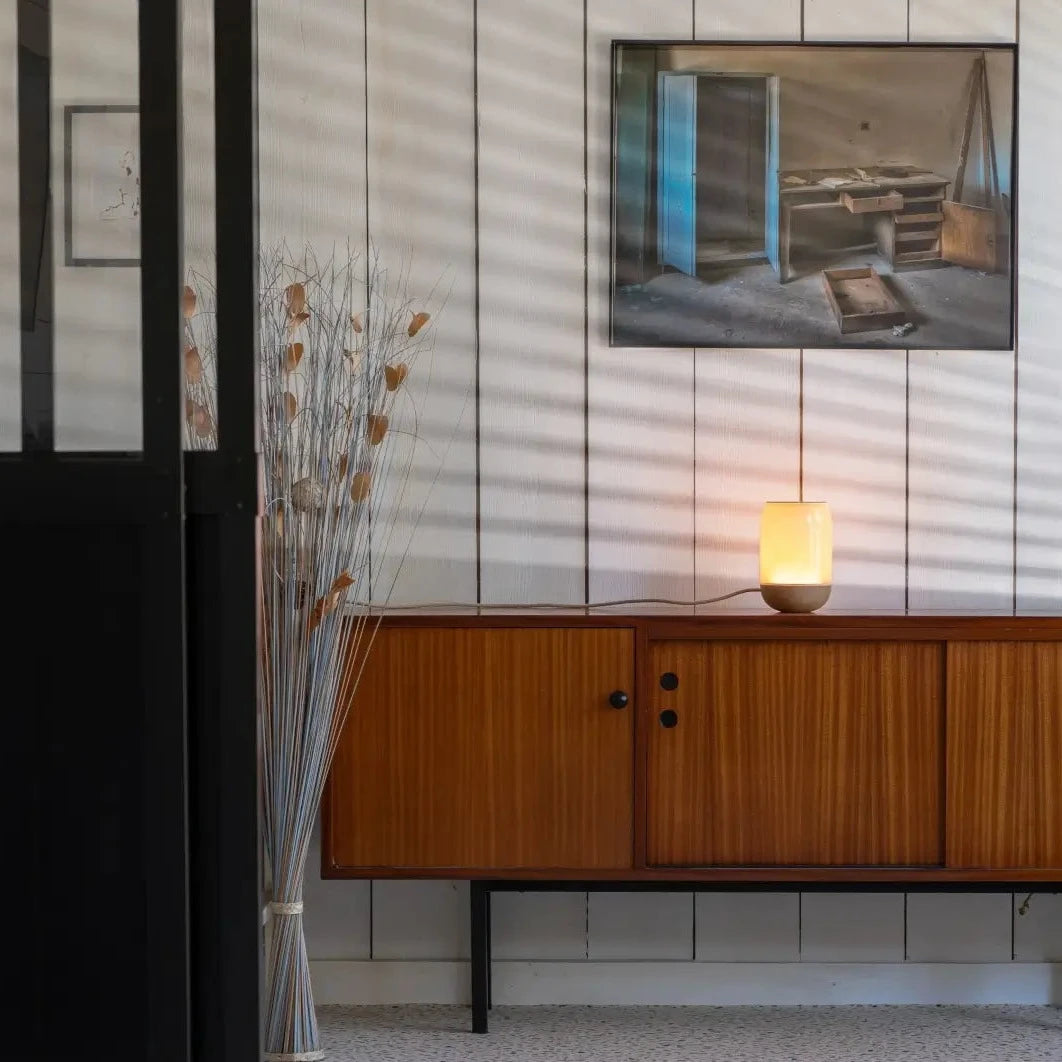
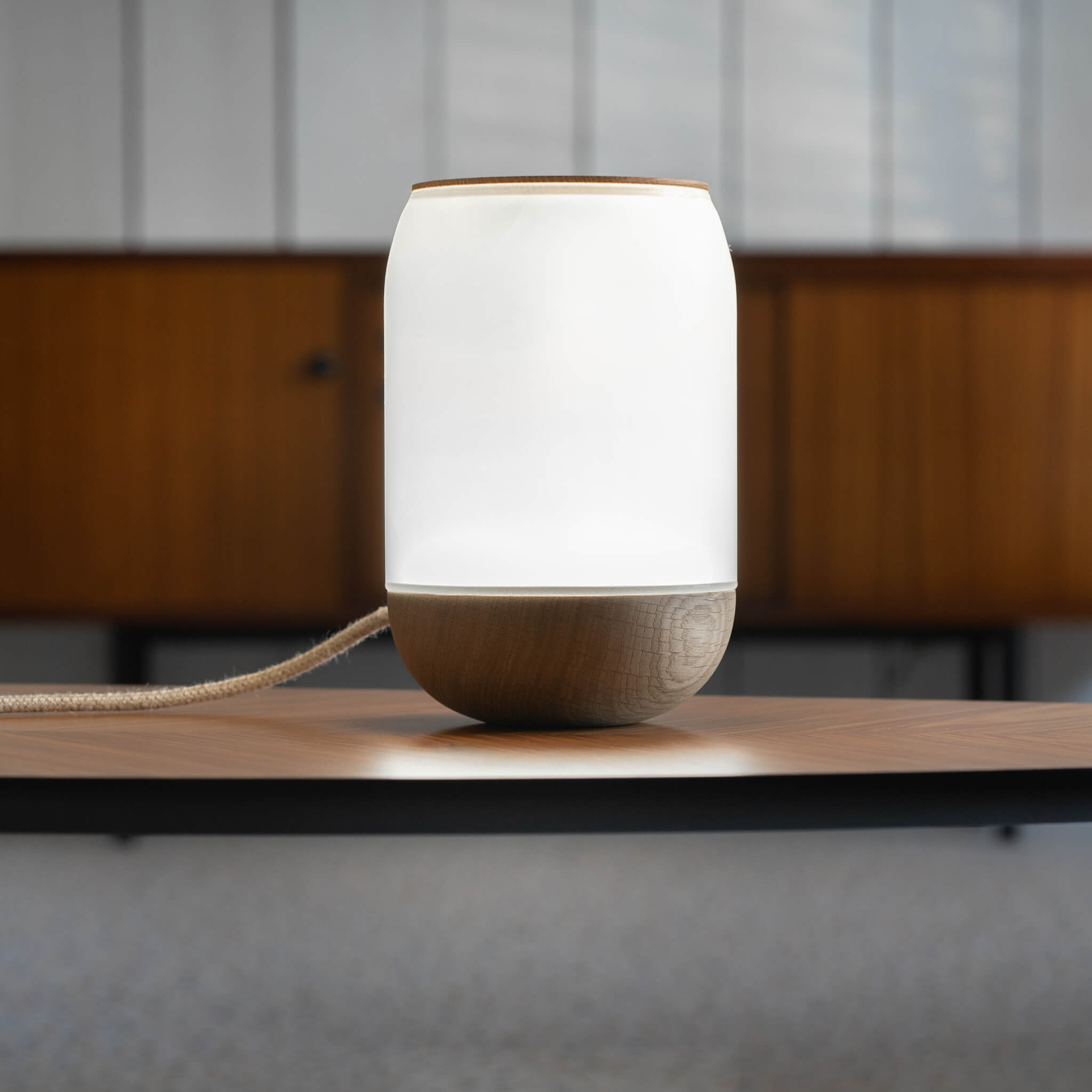
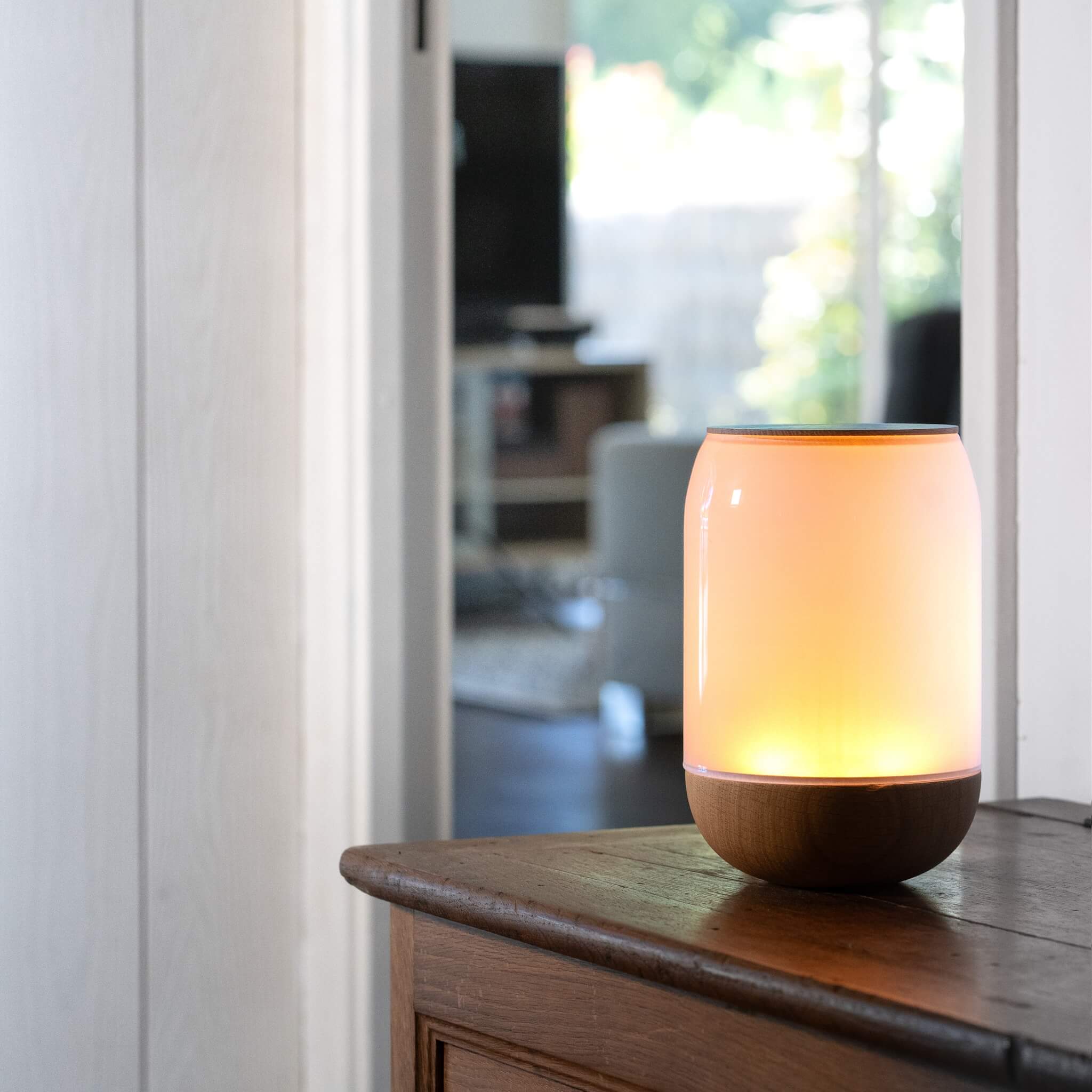
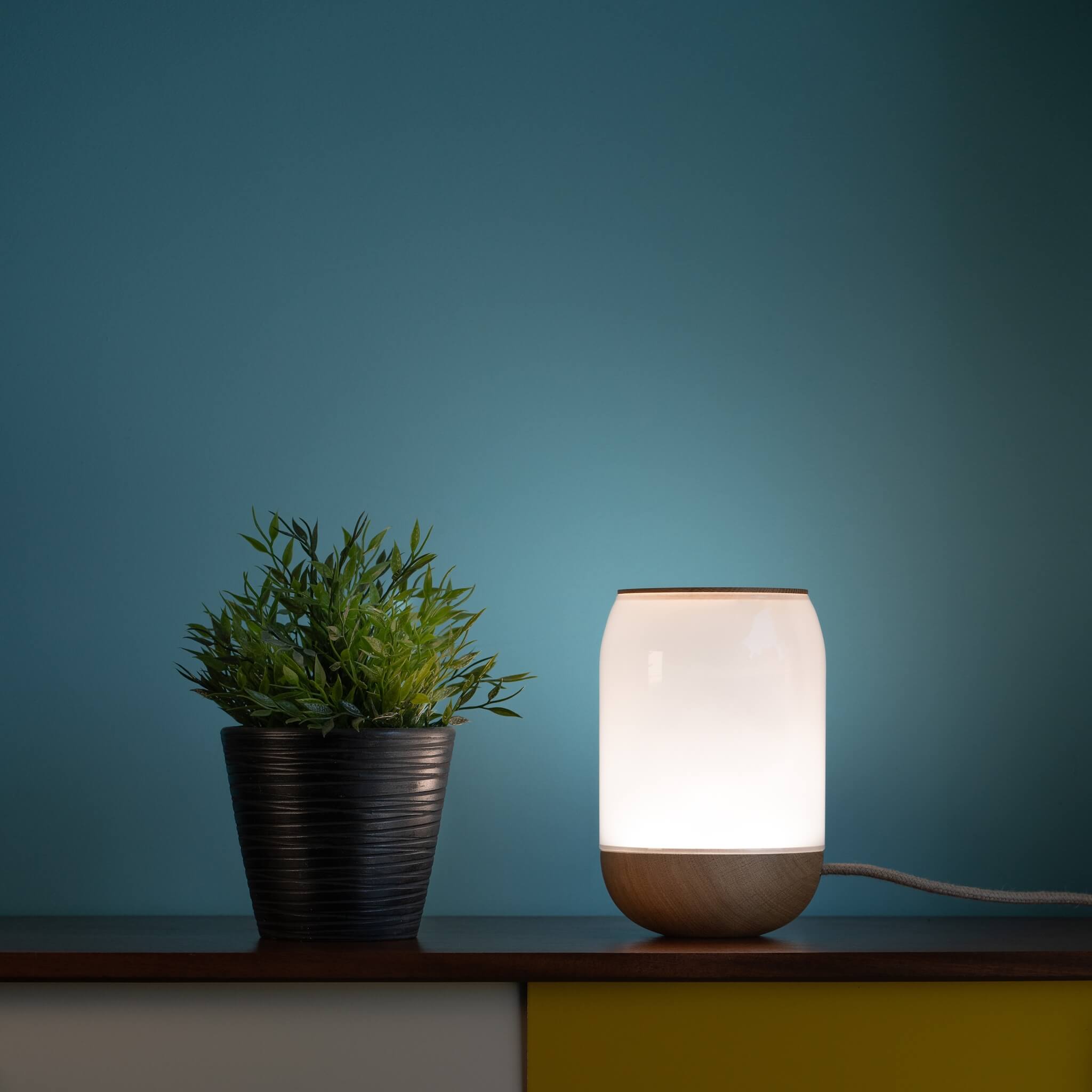
Leave a comment
All comments are moderated before being published.
This site is protected by hCaptcha and the hCaptcha Privacy Policy and Terms of Service apply.